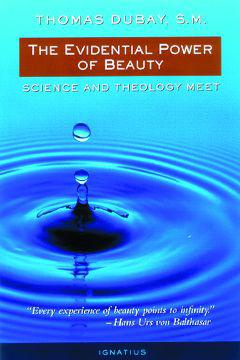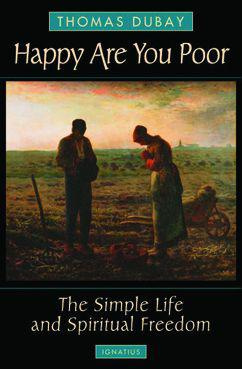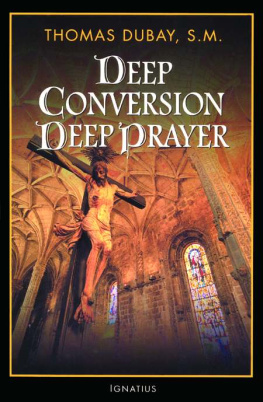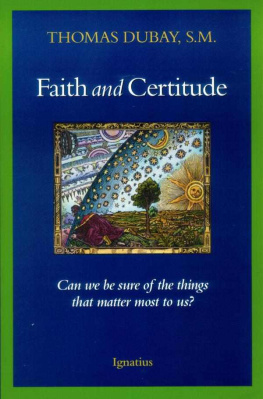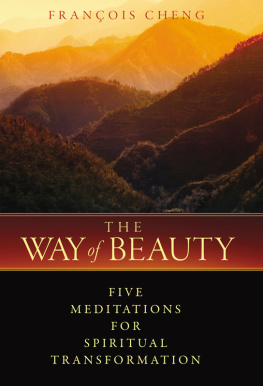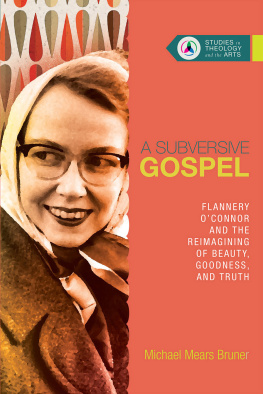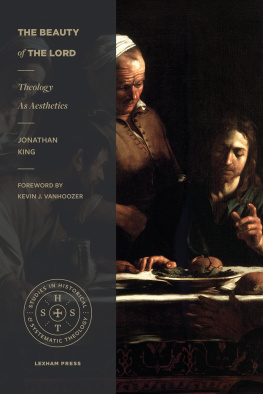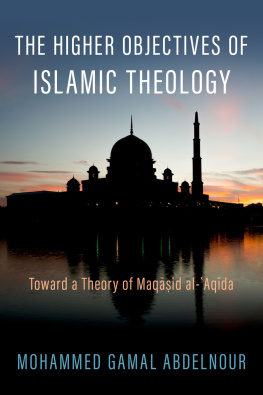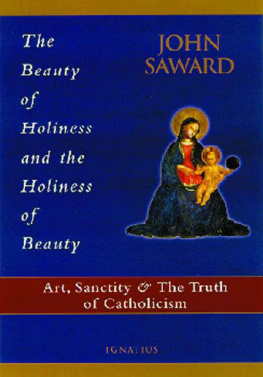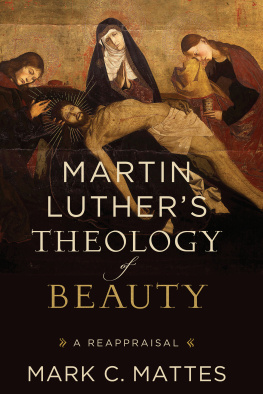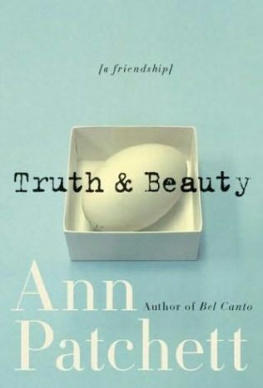THE EVIDENTIAL POWER OF BEAUTY
THOMAS DUBAY, S.M.
THE
EVIDENTIAL POWER
OF BEAUTY
Science and Theology Meet
Every experience of beauty points to infinity.
Hans Urs von Balthasar
IGNATIUS PRESS SAN FRANCISCO
Cover design by Roxanne Mei Lum
1999 by Ignatius Press, San Francisco
Reprinted in 2006
All rights reserved
ISBN 978-0-89870-752-6
ISBN 0-89870-752-8
Library of Congress catalogue number 99-73018
Printed in the United States of America
CONTENTS
I
LAYING THE GROUNDWORK
Our Subtitle... Deep Thirst for Endless Beauty... A Brisk Tour... A Needed Nudge
The Common View... The Classical Analysis... Scientific Concept of Beauty... Glory: Divine Beauty... Transcendental Objectivity
Philosophical Usage... The Enrapturing Form... Musical Form... Triggering the Divine... Musics Moving Power... Creators of Musical Forms
Sensitivity to Beauty... Intellect and Spirit... Impediments to Perceiving Beauty... The Burden of Jadedness... Seeing Supreme Splendor... Perfecting the Eye... Love Sees Deeply... Wonder and Praise
De-formity of the Ugly... Illustrations... Atheism / Materialism... Intellectual Poverty... Self-Inflicted Angst... The Primary Deformity... The Beauty of Repentance... The Ultimate Horror... The Problem of Scandal... The Silver Lining... The Evidential Power of Ugliness...The Sole Ultimate Solution
Beautys Impact: Science... Theological Penetration. Revelation: Matrix of Modern Science... Concluding Illustrations
II
SAVORING THE SYMPHONY
A Finite Feel for Infinity... Magnitude and Power... Our Prodigious Sun... Pulsars and Supernovas... The Blue Planet... The Big Bang... Addenda... Implications
Numberless Varieties... Creative Oddities... Flora... Incomparable Performances... Experience of Our World: A Profound Mystery
The Atomic World... Cell Cities... Implications... Wonder and Human Enrichment
Design: Artistic Planning in Nature... Resistance to Design... The Guise of Chance.... Design Accords with Science... Evidential Power of Designed Beauty. Evolutionary Ponderings
The Big Bang... The Anthropic Principle. Stunning Specificities... Providence... Convergence Again
Visible and Invisible... Grandeur of the Spirit... Consummating Completion
III
DIVINE GLORY
Human Beauty?... Illustrations... Works of Art... Heroic Virtue... Transforming Union... Saints: Tangible Icons... Biblical Summation... Impact of Sanctity... Inner Experience of Holiness
Biblical Jewels... Beauty of the Church... Spirit and Magisterium... Impact of the Divine Utterance
Speaking of the Unspeakable... The Christ Form. Screens before the Radiance... The Absolute Singularity... Specific Glimpses... Compelling Impact... Crucified Glory... Trinitarian Splendor... Trinitarian Effulgence
Alpha and Omega of Fascination... Attracting Power... Wonder, Joy, Prayer in Theology... Exegetical and Theological Anemia... Academic Conformism... Glimpses of Afterglow
PART ONE
LAYING THE GROUNDWORK
You can recognize truth by its beauty and simplicity.
Richard Feynman, Nobel laureate in physics
CHAPTER 1
CHARTING OUR COURSE
Every human person is drawn to beauty. A night sky can thrill, as can an exquisite orchid, a Mozart concerto, or a lovely face. John Henry Newman, an intellectual and literary giant, would on occasion weep with delight as he played his violin. The more gifted among us are sometimes so vibrantly alive that even created splendors touch them deeply. Because their receptive capacities to be enriched by and responsive to reality are deep, they grow to a maturity far beyond the usual. They live life to the hilt and themselves become works of artto borrow a phrase from Saint Paul (Eph 2: 10).
But few of us seem to be aware that the beautiful packs a power not only to fascinate but also to convince a mature and honest mind of solidly grounded truth. Rapid advances in the sciences are disclosing with accelerating frequency the breathtaking beauties of the universe, both in the macrocosm and in the microcosm, and in these splendors we are learning truths that transcend astronomy and microbiology in their implications and consequences. It is no exaggeration to say that almost everything one reads about in the various branches of science trumpets the beautiful, and in the process physicists, microbiologists, and biochemists are discovering new and exciting truths.
Likewise it is too little realized that the inspired word centuries ago never tired in proclaiming both the splendid elegances of the divine handiwork in our universe and in finding in them powerful indications of truth. So also the best both of classical theology and of recent developments in the field show a rapidly growing preoccupation with the aesthetic dimensions of revelation. It can hardly fail to impress people interested both in the sciences and in theology that these two disciplines, so different in methods, approaches, and aims, are yet meeting in this and in other surprising and gratifying ways. Then, too, these meetings are interesting not only from the academic point of view but also because of their potential contributions to the enrichment of human life, both individual and communal.
The growing enthusiasm with which physicists, astronomers, and biologists express their admiration for the awesome splendors of our cosmos may not make headlines in the popular media and may not appear in our high school and college textbooks, but all the same it bespeaks a new awakening. Albert Einstein, for example, marveled that the universe is knowable, comprehensible, that is, that created reality can be understood by human minds. One who is not impressed by Einsteins wonder is missing a great deal of insight into the universe in which we live our daily lives. The intelligibility of visible reality is a staggering fact that calls for serious pondering. We hope to offer a modest contribution to this pondering.
Biochemist Lewis Thomas was fascinated when he discovered that every species of animal to appear in the paleontological strata, as well as all those living today, is perfect according to its kind. Every type is expertly suited to fly run or swim, to reproduce, and to be nourished in remarkably effective waysnot more or less adapted, but perfectly so; not clumsy at first and then skilled; not more or less beautiful, but entirely so. We do not find awkward and crippled species in transitional stages in the past or in the present. Both Einstein and Thomas were on to something amazing, something that invites serious reflection: How could these extraordinary living beings come about? How can inanimate matter be mathematical and intelligible? How could animals suddenly appear with breathtaking beauty and with no record of imperfect transitional forms existing before them? Popular articles, high school and college textbooks tend to bypass these questions. Are the authors embarrassed that they have no answers? Our most thoughtful scientists know better, and they are saying more than we have space to recount with any fullness. But we must offer a few examples.
At the head of Part One is the arresting statement of physicist and Nobel prize winner Richard Feynman that you can recognize truth by its beauty and simplicity. This we shall explain in its proper place, but we may note for now that the most reliable, creative, and profound theology being done today has the same message: the unmatched beauty of revelation and the lives of the saints who live it fully are two (among others) of the powerful evidences of its truth. This convincing impact of artistry is one of the ways in which contemporary science and theology are meeting. What we lack is a focused study of this convergence, and we lack also adequate explanations of how central to anyones human development and to any state of life a vibrant appreciation of beauty actually is. This practical relevance extends to a deepening contemplative prayer life, to a love for ones vocation (be it marriage, priesthood, or the evangelical counsels), to the love for and practice of each of the virtues: humility, affability, honesty, chastity, love, and all the others. A heroically holy man or woman is the pinnacle of visible creation and a proof in the flesh that both science and revelation are right.

